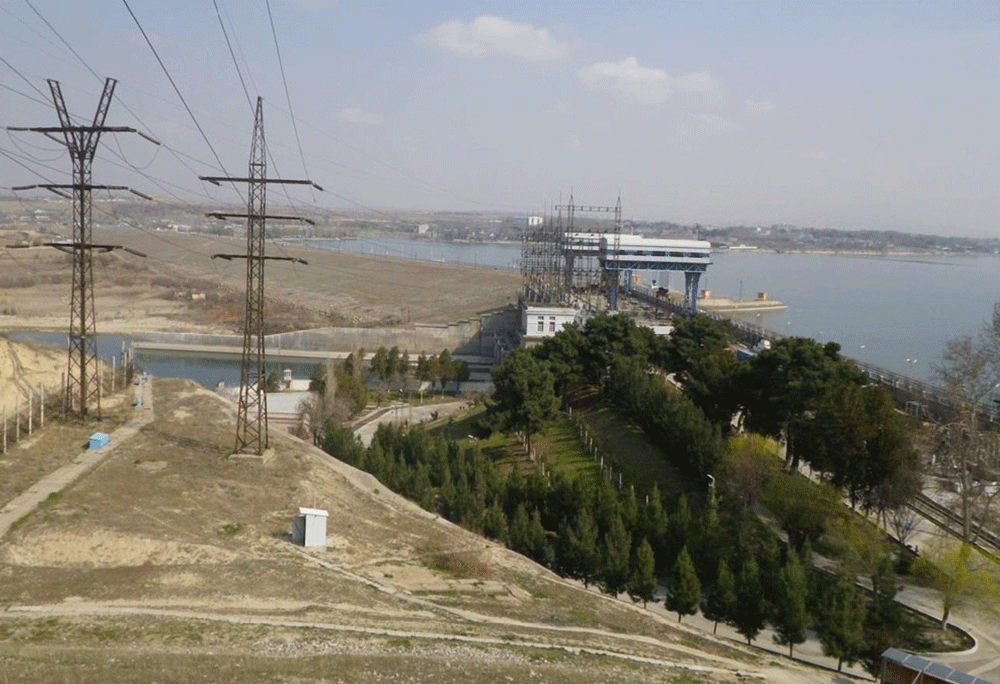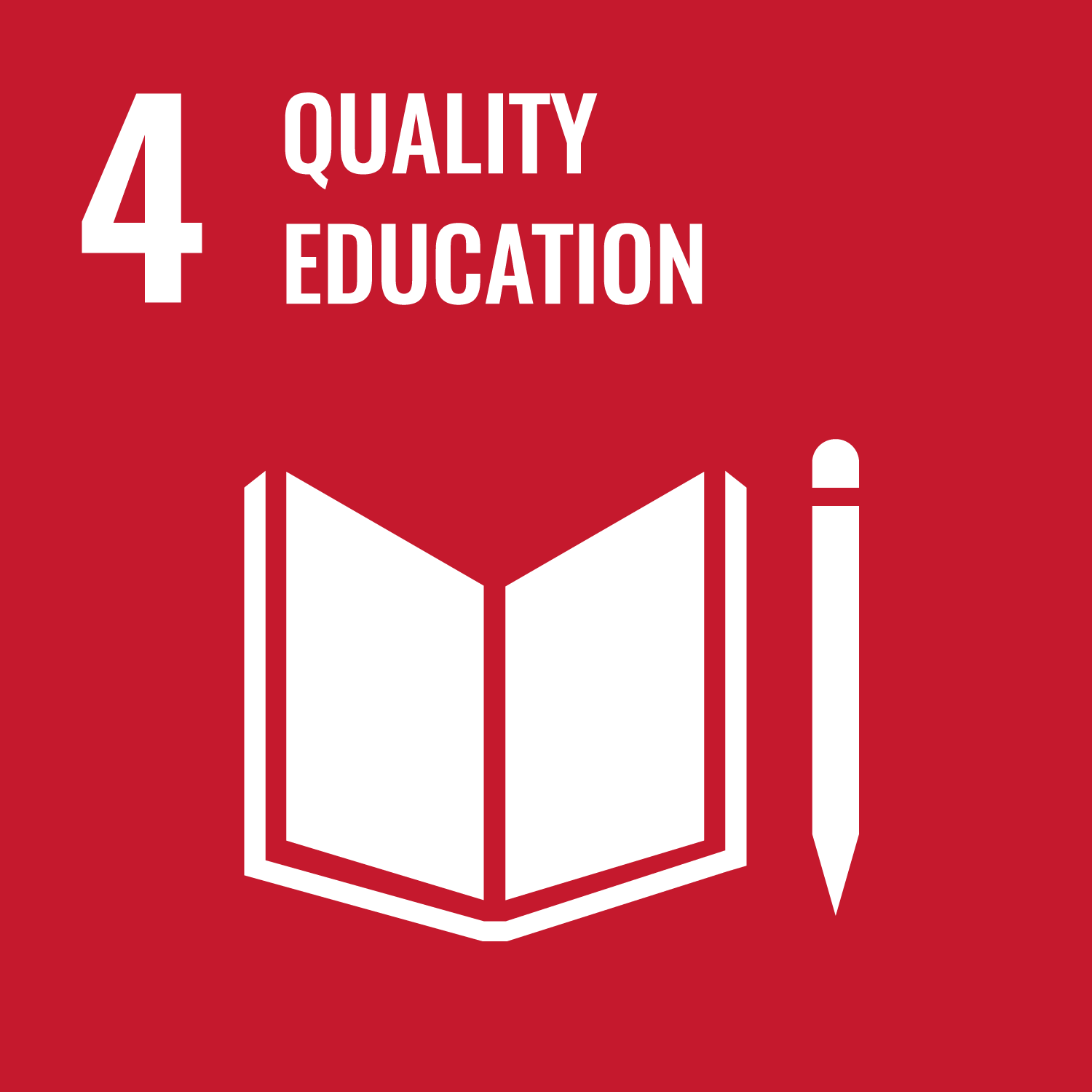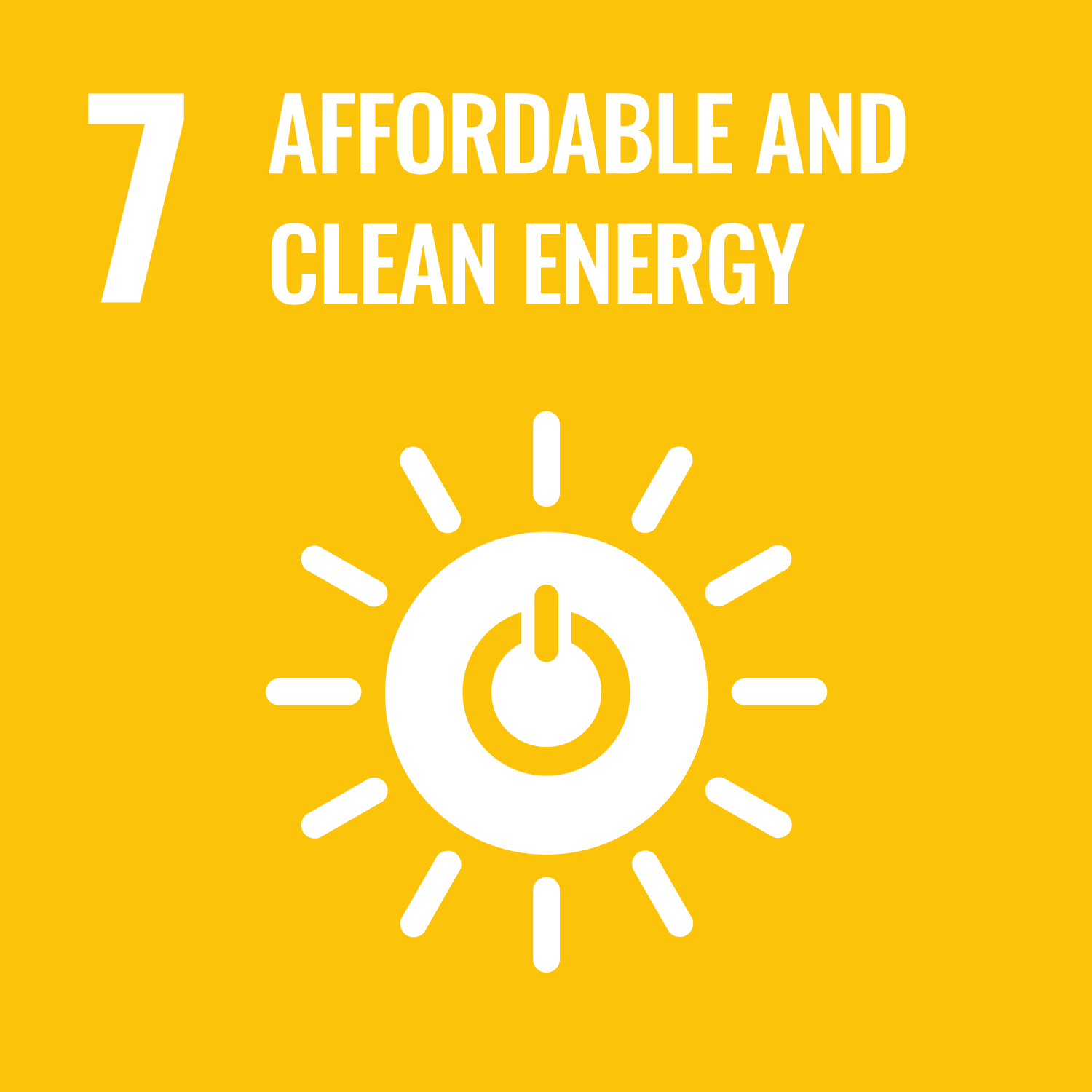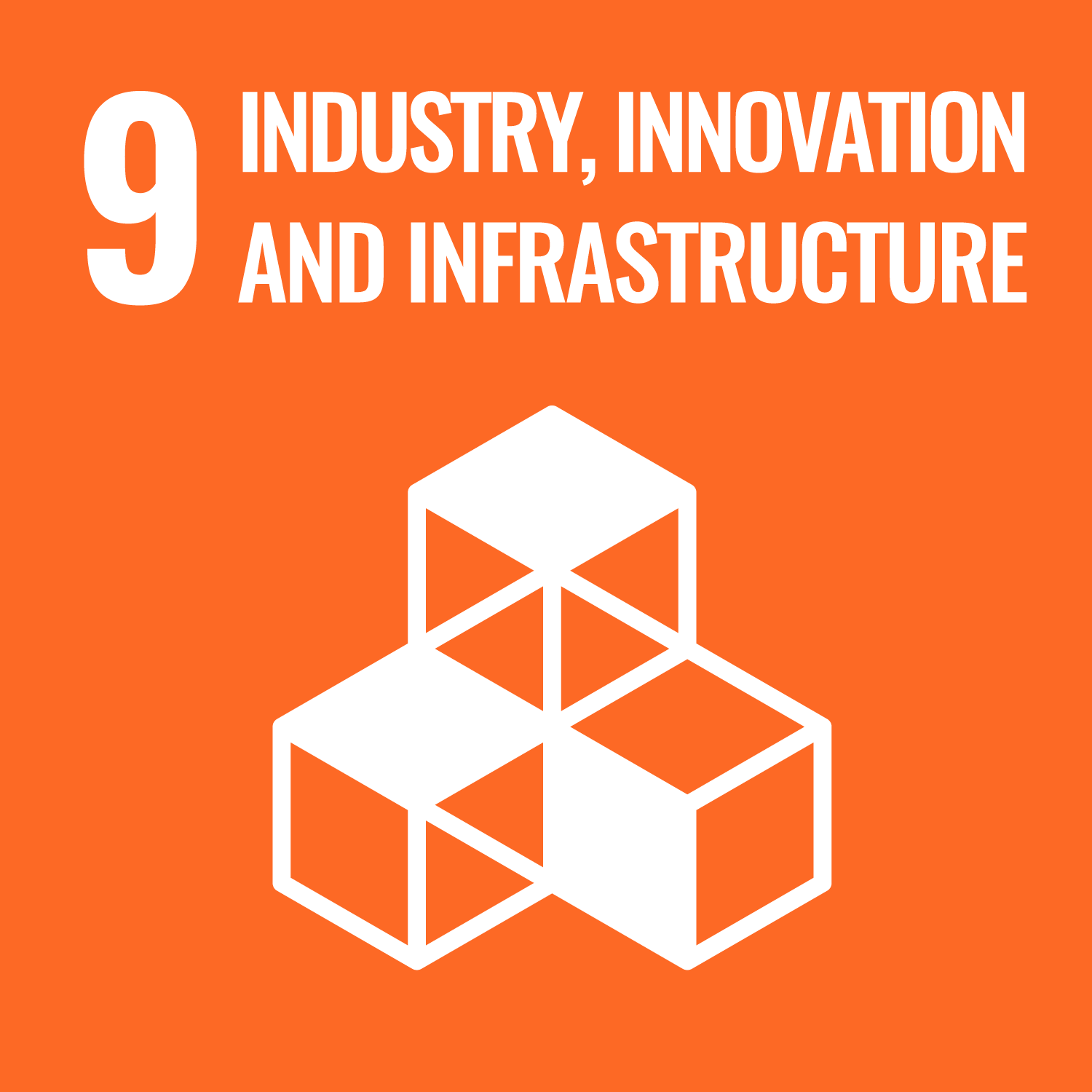Protecting Tajikistan’s Hydropower from Climate Risks
An innovative approach to incorporate climate change considerations into critical infrastructure investments
Project Facts
Location
Tajikistan
Qairokkum, Sughd Region
Project Volume
50-250 Mio. EUR
Applied Financing Solutions
Grants, Concessional Loans
Project Dates
Start: 2017
| End: 2023
In operation since/from: 2017
The Story
Tajikistan’s hydropower plants, providing approximately 98% of the country’s electricity, depend on river basins fed by glacial melt water and snowmelt. However, as the climate warms, most climate models predict significant changes in the dynamics of local precipitation patterns, as well as alterations to the country’s glaciers. Therefore, the infrastructure of Tajik hydropower facilities, dating from the Soviet era, needs comprehensive renewal to cope with the already observed and projected impacts of climate change, particularly with regard to increased hydrological variability.
The state-owned Qairokkum plant, built in the 1950s and being the sole source of electricity for about 500,000 people in the Sughd Province, was chosen to pilot how to best ensure future electricity production and dam safety of the national hydropower infrastructure. Based on comprehensive mapping of climate change scenarios and risks, the plant undergoes modernization and rehabilitation to improve its reliability and durability, as well as to take advantage of higher peak flows by increasing the installed capacity by 35% to 174 MW.
Apart from the comprehensive and continued integration of climate resilience measures into the plant’s operations, its rehabilitation also increases resource efficiency, preventing unnecessary discharge of water through spillways and allowing more renewable electricity generation with the same flow of water. In addition, the project also improves the safety and reliability of the plant, ensuring uninterrupted service to consumers in Northern Tajikistan.
Success Factor | Hero Moment
An integral part of this project is the training of local hydropower operators in best international practices to assess and manage climate risks. In addition, institutional capacities and structures are developed for an effective transboundary management of hydropower cascades. These improvements will play an important role in dispersing new skills across the industry and throughout the region, and to ensure a long-lasting effect of this project.
Submitter
Green Climate Fund, South Korea
Other Involved Stakeholders
European Bank for Reconstruction and Development (EBRD)
Contact Mail
info@gcfund.org





Keywords
Hydropower, Resilience, Green Climate Fund, Adaptation
Hard Facts
500.000 people are benefitting directly